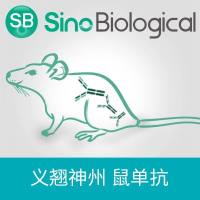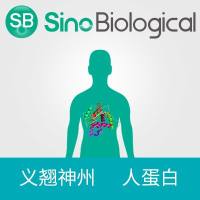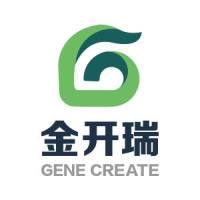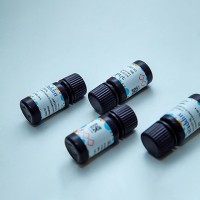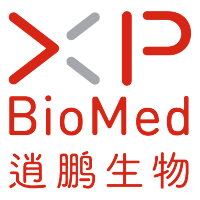Our lab developed and optimized a method, known as the modified pre-plate technique, to isolate stem/progenitor cells from skeletal muscle. This method separates different populations of myogenic cells based on their propensity to adhere to a collagen I-coated surface. Based on their surface markers and stem-like properties, including self-renewal, multi-lineage differentiation, and ability to promote tissue regeneration, the last cell fraction or slowest to adhere to the collagen-coated surface (pre-plate 6; pp6) appears to be early, quiescent progenitor cells termed muscle-derived stem/progenitor cells (MDSPCs). The cell fractions preceding pp6 (pp1–5) are likely populations of more committed (differentiated) cells, including fibroblast- and myoblast-like cells. This technique may be used to isolate MDSPCs from skeletal muscle of humans or mice regardless of age, sex or disease state, although the yield of MDSPCs varies with age and health. MDSPCs can be used for regeneration of a variety of tissues including bone, articular cartilage, skeletal and cardiac muscle, and nerve. MDSPCs are currently being tested in clinical trials for treatment of urinary incontinence and myocardial infarction. MDSPCs from young mice have also been demonstrated to extend life span and healthspan in mouse models of accelerated aging through an apparent paracrine/endocrine mechanism. Here we detail methods for isolation and characterization of MDSPCs.
